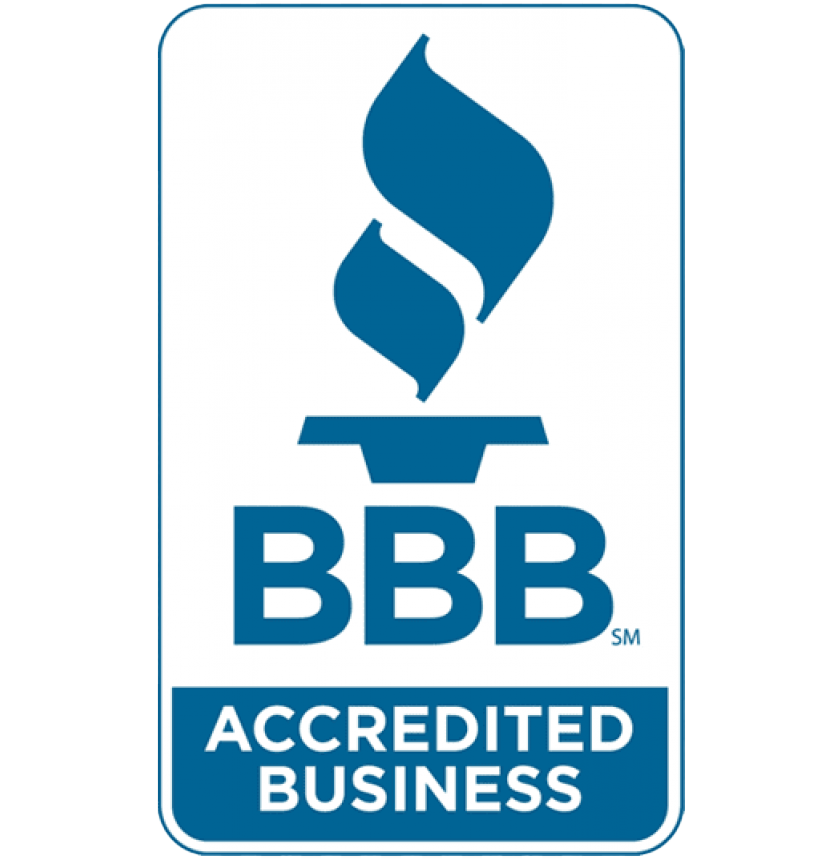Enterprises throughout history have brought about innovative products that improved the lives of their clients. While enterprises in the past required extensive capital and labor to develop, manufacture, and deploy their products en masse, the advent of the Internet has seen the rise of a new class of enterprise: Software as a Service. As one might elucidate from the amazing successes of technology companies such as Google and Facebook, Software as a Service is the new trend for profitable enterprises.
Imagine that you could create a product for free (or that you could otherwise ignore production costs). Even in this ideal thought experiment, you would still have to expend resources in deploying the product, marketing to consumers, communicating with your partners and employees, and organizing your company. What this gedankenexperiment (thought experiment) emphasizes is that a company is more than just its product. A successful company considers and optimizes the background operations which support its existence and prosperity—operations which, like others in a company, cost money.
The Nobel-winning economist Ronald Coase would go on to call these expenditures transaction costs. When Rahul began to write The Modern Enterprise, he realized that the new paradigm of Software as a Service had the potential to lower these transaction costs and optimize the efficiency of modern enterprises. Businesses could develop enterprise software to market to other businesses, reducing the cost of processes necessary for operation and sales. The “Best Online Tools” series dedicated itself to showcasing some of the most useful online services in optimizing each Area of Responsibility of a company, including FreshBooks, PayPal, and Zendesk. The Anant Corporation uses many of these tools in managing and executing its own processes.
The Software as a Service industry is growing so rapidly due to innovations reducing transaction costs—in fact, the SaaS industry is worth 16 billion dollars as of 2014. Decreased transaction costs lower barriers to entry. In other words, the Software as a Service industry is open and approachable for startups and small enterprises. It is with small-scale start-ups in mind that Rahul wrote The Modern Enterprise and formulated its accompanying modern enterprise canvas. This does not exclude large companies from adapting to the principles outlined in The Modern Enterprise—to the contrary, the most successful ventures at any scale are those best able to exploit technology to optimize their processes and reduce transaction costs. On the other hand, enterprises no longer have to be massive in scale (like the Facebook and Google examples cited earlier) in order to make a sizable difference in the world. The Internet and other technological and communications developments have increased the potential of startups and the modern enterprise.
The Modern Enterprise yields a concrete canvas for modern companies to follow. Dividing organization into discrete areas of responsibility and dissecting a company into people, processes, information, and systems, The Modern Enterprise is a road-map to navigate the new world of Software as a Service.
Rahul Singh is the CEO and a Co-Founder of Anant Corporation.




